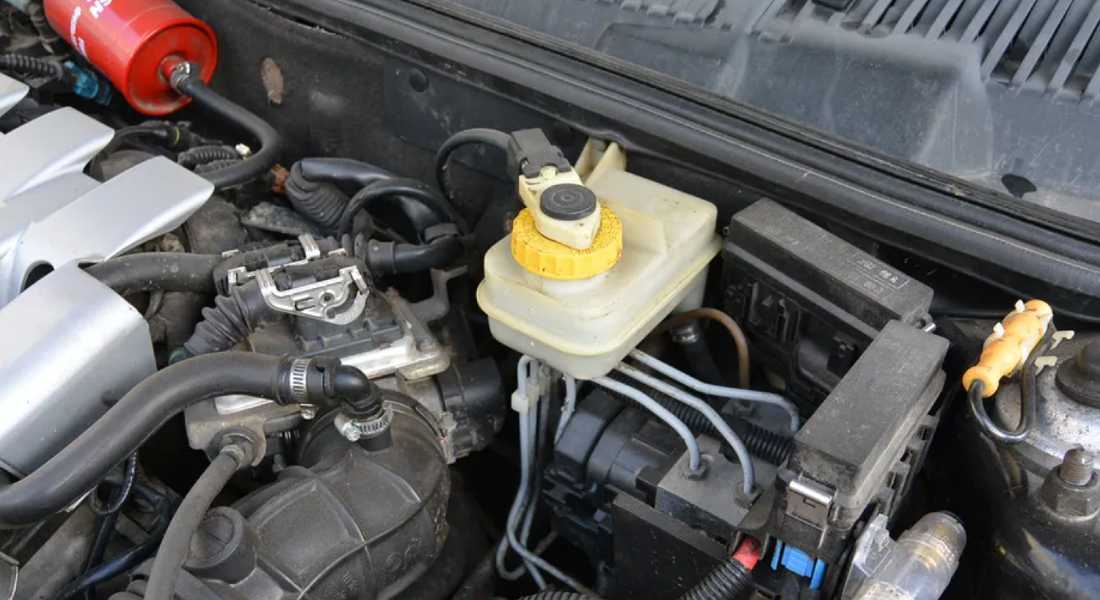Brake fluid can become an “out of sight, out of mind” vehicle component—we often do not think of it until something goes wrong. However, your brake fluid is working hard every day to keep you safe on the road. Over time, it can become burnt out, depleted, or contaminated, which will prevent proper brake functioning. Be on the lookout for these 5 signs you are due for a brake fluid flush.
Soft, Bouncy, or Spongy Brake Pedal
When you press on your brake pedal, does it feel soft, spongy, loose, or even bouncy? Do you have to push the brake pedal all the way to the floor before it slows and stops your vehicle? This is a sign you need a brake fluid change.
Low brake fluid will cause air to fill the gaps in your brake line—leading to soft brakes. Spongy brake pedals can be both terrifying and dangerous—especially if you do not get them serviced at the first sign of an issue.
ABS Dashboard Light
The ABS dashboard light indicates an issue with your anti-lock braking system. This system stops your wheels from locking up during braking to prevent skids and maintain traction. Low brake fluid automatically turns on the ABS system to help keep your vehicle stopping safely.
Ineffective Braking Performance
Your brakes should be quick and responsive to help you stay safe in an emergency. Any delays or difficulties while slowing or stopping your vehicle is a sign that your brakes need servicing. Such issues could be the sign you need a brake fluid flush.
Other possible culprits include warped rotors, worn brake pads, or an issue with another brake system component. Ineffective braking could also be caused by an underlying problem, such as worn tires, shocks, or struts. A professional can check your brake system and tell you which service you need to restore brake performance.
Strange Noises or Smells when Braking
If you notice strange sounds when you are braking, this could be caused by low brake fluid or another brake system issue. Common sounds include scraping or grinding noises.
Burning smells after hard braking could mean that you have burnt-out brake fluid. In this case, you should pull over your vehicle into a safe place and give it time to cool down. You should also contact a local mechanic for insight and schedule a service visit. Driving with burnt brake fluid could create more serious issues—including brake failure.
Routine Maintenance for Brake Fluid Flushes
When all else fails, you can fall back on your recommended maintenance schedule for brake fluid replacement. On average, you will need a brake fluid flush every 2 years or 30,000 miles.
Routine maintenance also heavily depends on your driving patterns. For example, if you tend to drive shorter routes with frequent braking, you may need more frequent brake fluid flushes. You can check your owner’s manual for any brake fluid information specific to your vehicle.

